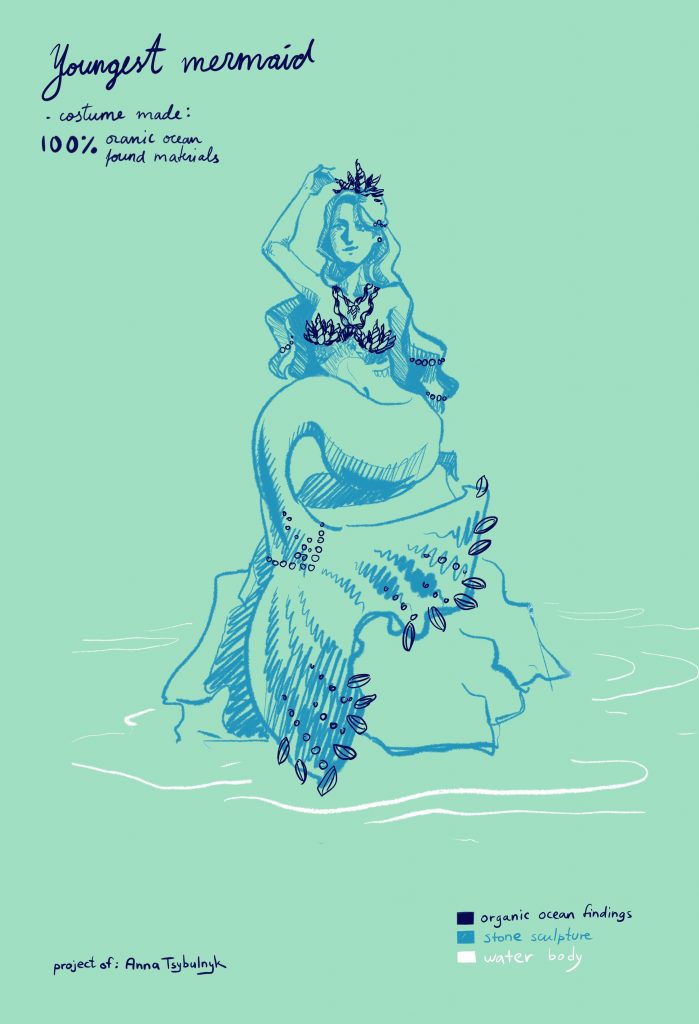Theme and the Issue
The theme I decided to focus on for this project is Water. Canada has always been good at protecting its nature from pollution and getting recognized as one of the most eco-friendly countries. Even if Canada takes recycling very seriously, the ocean still stays polluted with massive amounts of trash in the water. I bring this issue up because I believe that we can really do something about it.
Research Summary
It is no secret that most of the trash that ends up in water has been created on land first. The scientists have predicted that there will be much more plastic in weight than fish in the ocean by 2050.
If the problem could be caught early on, less clean up would be needed. Only nine percent of plastic waste actually gets to be recycled. The rest ninety-one percent of plastic waste ends up in landfill and a lot of it does find its way to the ocean. Some plastic is light enough to fly away from the landfill, finding its way into rivers and eventually into our ocean. Marine life gets heavily affected by this littering and plastic usually gets mistaken as food, which kills a lot of the animals or harms them severely.
Inspiration
Before I started ideating for possible solutions, I turned to other artists for inspiration. I have looked closely at Yau Lu who references traditional Chinese painting but uses trash in the majority of his imagery. I would also like to create something beautiful that people can enjoy and appreciate yet think about it more deeply beyond its beauty.
Creative Solution
To bring the awareness back to the issue of waste in our ocean (in a gentle/non-shameful way), I have decided to launch a fashion line of mermaid sisters. This show would be catered towards a younger audience to make them aware of the current water pollution issues. If the young generation is mindful, they potentially would give more thought to our environment and become the solution themselves.
The fashion show which I called “The Ocean Findings” would feature seven mermaid sisters stone statues. The idea is to include marine designs featuring varieties of shells but also include trash components that the “mermaids” have found in the ocean to assemble their look. The exhibition would first appear in a gallery setting.
The Youngest sister

The youngest sister statue would symbolize earlier times when little to no trash was present in the oceans. Therefore her costume consists strictly of organic found materials such as shells, seaweeds, and pearls. An information panel would be presented with a quick overview of the era. This could quickly be read out by a parent. Less text would also be more approachable. If the reader would want more information, they could go on a website featured in the info panel to learn more about the era and how they personally could contribute to reducing the waste.
Middle child

As the people would walk through an exhibition, each mermaid would have more trash elements present in her costume. The image above is a sketch of a fourth out of the seven statues. The combination of trash and organic found materials would be equal in her costume. The mermaid herself is looking at an empty beer can, bringing the attention of the viewer to it.
Oldest sister

The seventh oldest sister would represent our current era and would have her costume made completely out of trash (Ex. fishnets and shiny beer bottle caps). There is not a chance the viewer could miss the trash existence in the exhibition at this point. It would symbolize how there is no other choice in our time, but to acknowledge the ecological issue and take appropriate action.
Exhibit Specifications
All of the materials (organic or not) would be taken out of the ocean to make it truly ocean findings.
This exhibit would be displayed at the gallery and tickets would be sold “by donation” which would go towards fighting the trash existence in the ocean.
If the exhibit could not be attended at the gallery, it would, later on, be displayed outdoors in the shoreline areas in Vancouver for anyone to see. The information panels would also be presented within a close distance range so that no information would be missed.
Thanks for taking the time to read this article!

Leave a Reply